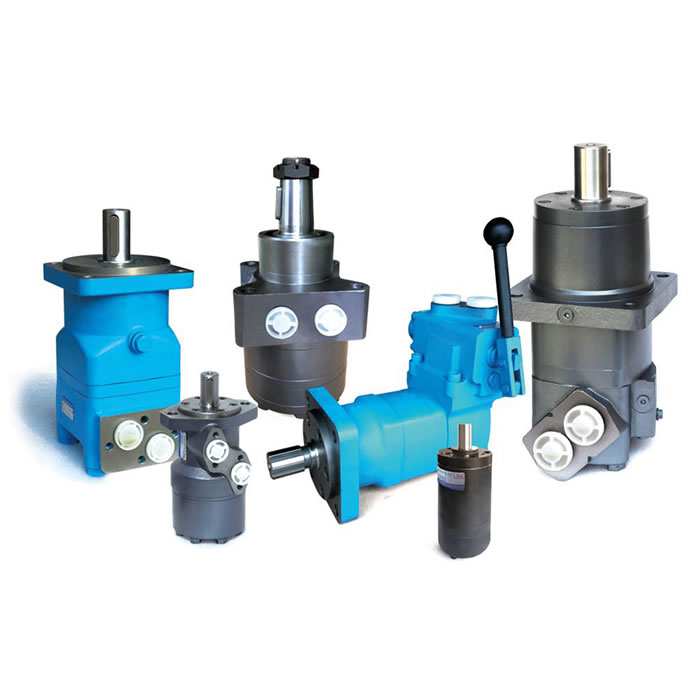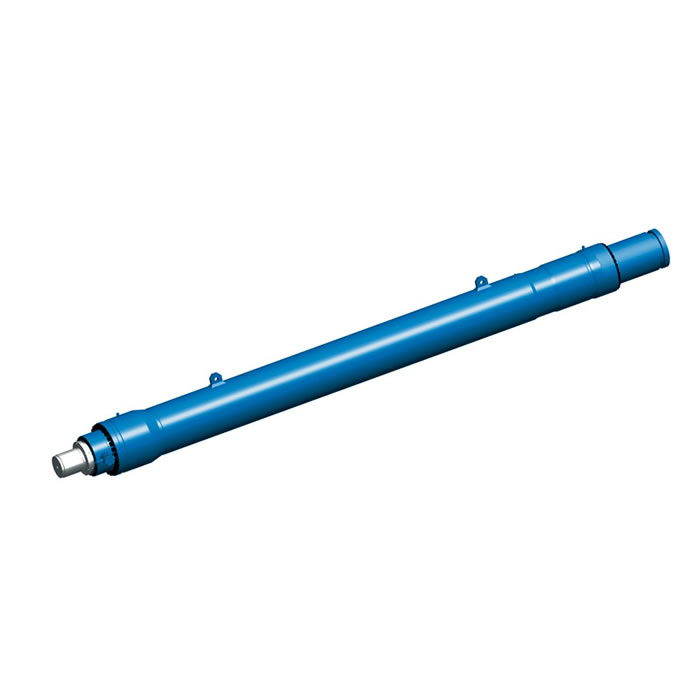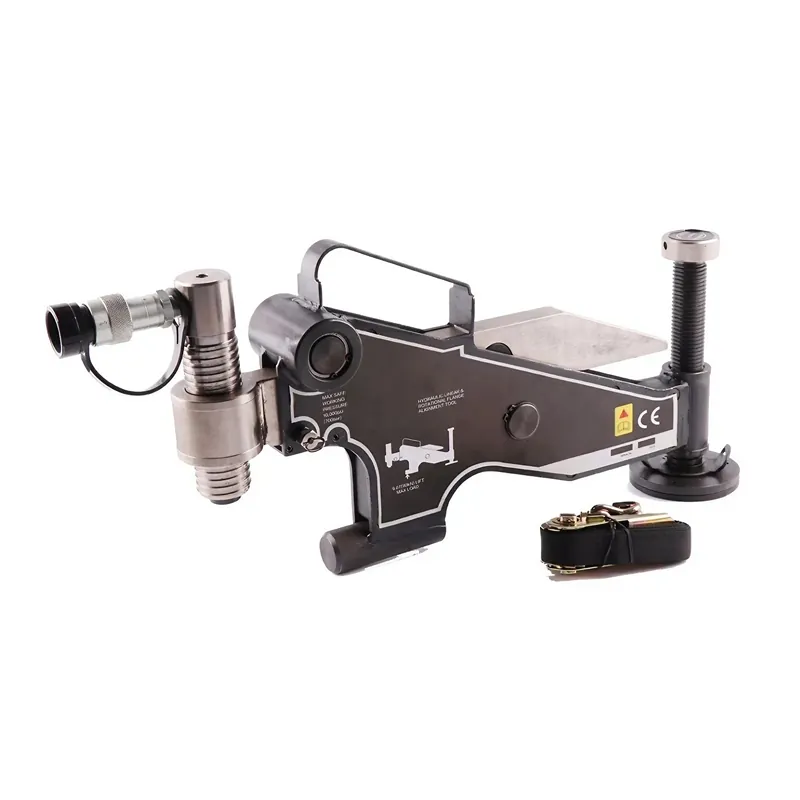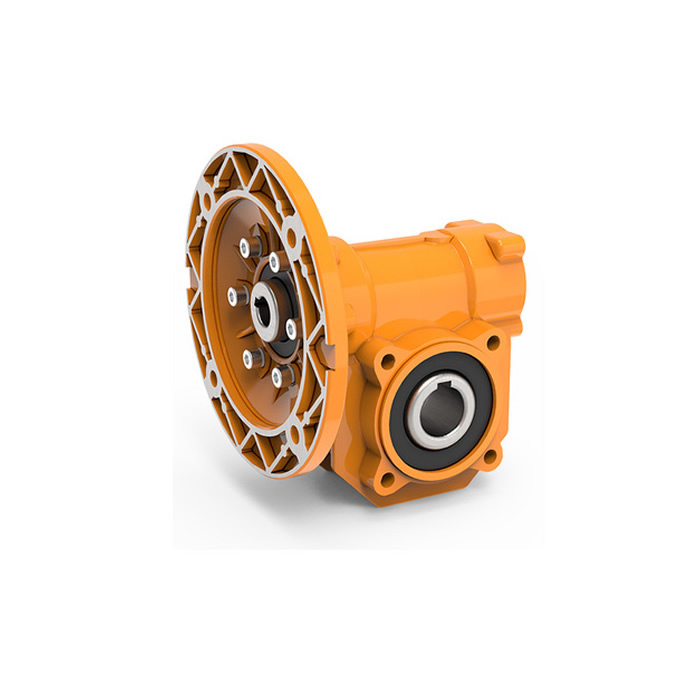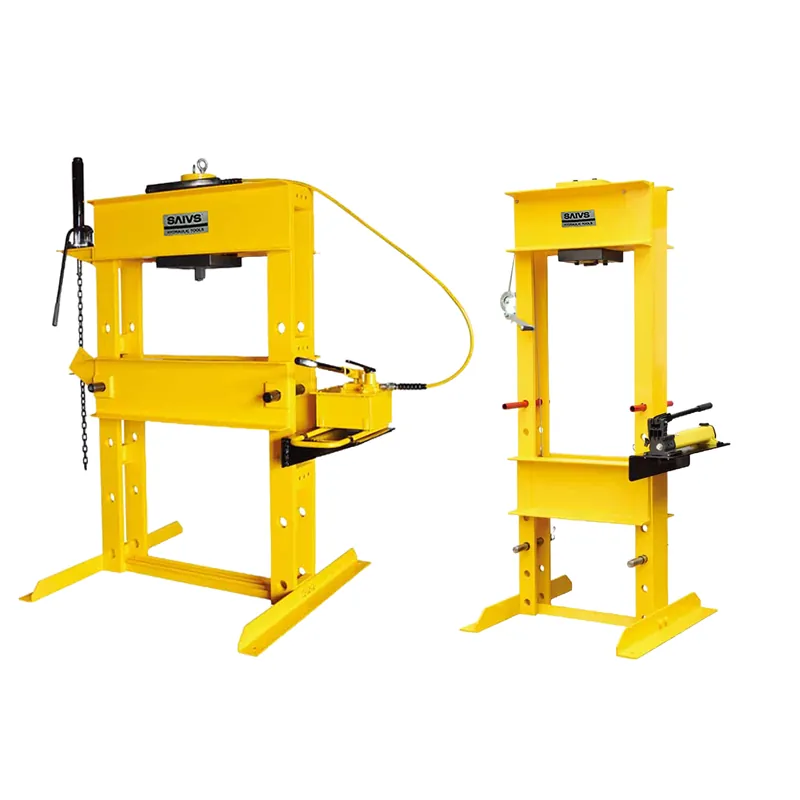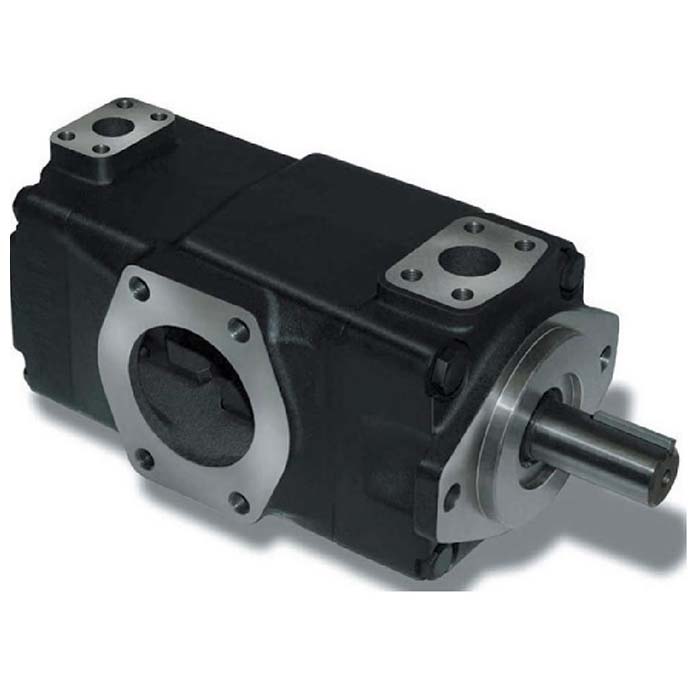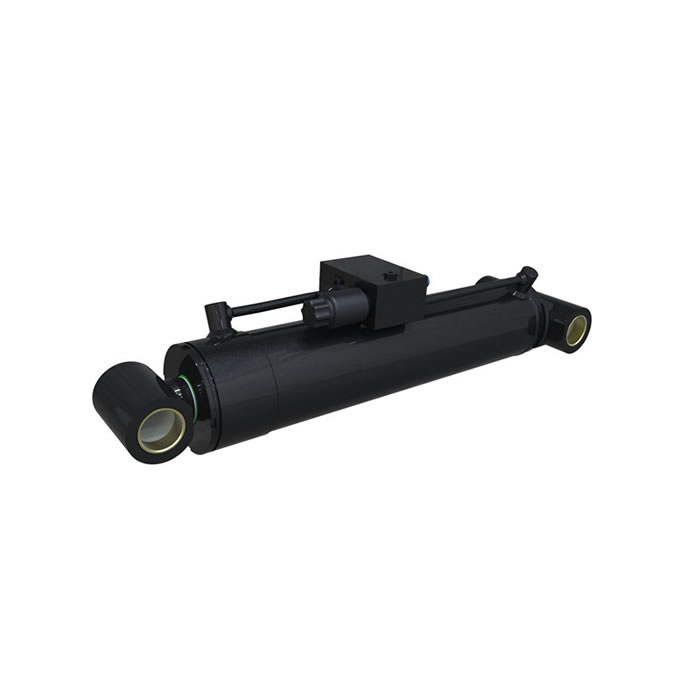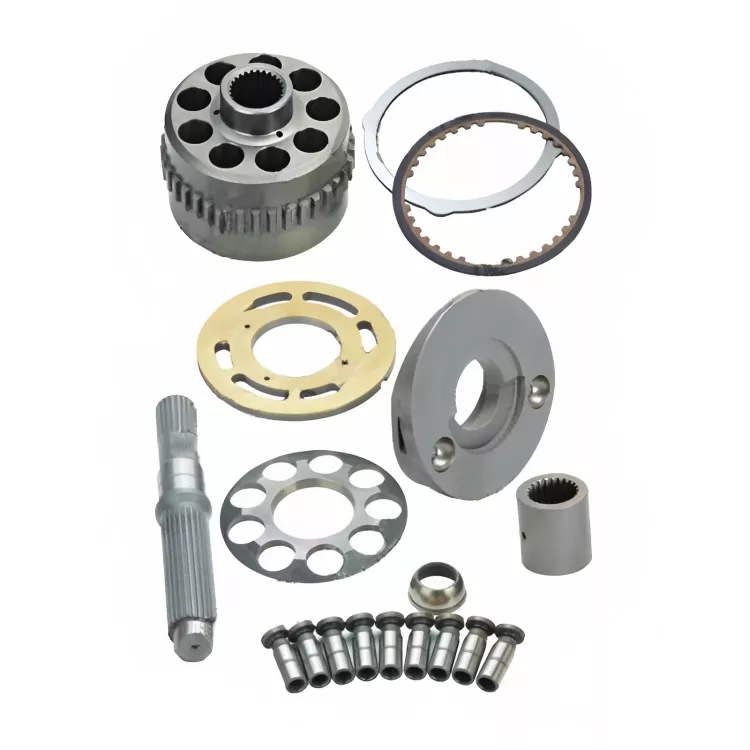comparison between vane motor and vane pump
The vane motor is similar to the Vane Pump in structure, but due to different uses, the two have the following differences in structure.
① Due to the need of transmitting torque, the diameters of rotor and stator are relatively large; There are 6 of them. The number of blades of the vane motor is much more than that of the vane pump, and the number of working chambers is generally more than that of the vane pump. The vanes rotate in the direction of the working chamber. The oil suction chamber is always low pressure, and oil drain holes can be provided.
② The vane motor often needs forward and reverse rotation (two-way oil motor). Therefore, the vane of the vane motor is placed radially along the rotor slot without inclination angle, that is, the center of the vane slot passes through the rotor axis, and the top of the vane is generally in a symmetrical arc shape or a pointed triangle. And the blades of the vane pump are placed at an inclination angle.
③ The vane pump generally only needs to rotate in one direction, while the vane motor generally needs to rotate in the forward and reverse directions. The oil inlet and outlet ports need to be exchanged. Therefore, the vane motor is provided with a separate oil drain port on the shell, while the vane pump is provided with a single
The oil drained from the pump can also be led to the oil suction chamber through the inside, without
④ Measures shall be taken for the blade motor to ensure that the pressure oil always acts on the blade root and the back of the pressure side plate no matter whether the motor is in forward rotation or reverse rotation, and it is not affected by the switching between forward and reverse rotation. Moreover, the contact between the blade top of the blade motor and the stator is usually symmetrical (such as circular arc) to meet the needs of forward and reverse rotation, while the blade pump is not.
⑤ Generally, the oil inlet and outlet of vane motor are the same size, while the oil outlet of vane pump is smaller than the oil inlet.
⑥ Before the blade motor starts to work, its blades must be extended. Unlike the blade pump, the blade motor cannot use centrifugal force to throw out the blades. Instead, a reliable seal is formed between the cam ring (stator) and the blade tip. The following two methods must be used to make the blades extend: one is spring loading to make the blades extend continuously; Another method is to introduce hydraulic pressure to the lower end of the blade.
For the blade motor that uses spring loading to extend the blade , the coil spring can be installed in the cavity at the bottom of the blade to complete the loading of the blade. A small steel wire spring (such as dovetail spring) can also be used. The steel wire spring is connected to a pin. When the blade moves in the rotor slot, the end of the spring is always against the bottom end of the blade. The spring loading of both modes plays the role of pushing out the blade when the motor is started. Once the torque is generated, the oil pressure will pass to the bottom of the blade, and the blade will reliably maintain the extended state under the action of the hydraulic pressure.
For the blade motor with hydraulic loading to extend the blade, when this method is adopted, the oil is not allowed to enter the blade working chamber area at the beginning, but first enters the bottom of the blade until the blade is fully extended and abuts against the inner surface of the cam ring, and is formed at the top end of the blade
·Reliable sealing. At this time, the oil pressure rises. When the spring force of the built-in one-way valve is overcome, the one-way valve opens, and the oil enters the blade working chamber immediately to generate torque on the motor drive shaft. In this case, the built-in one-way valve acts in sequence.


